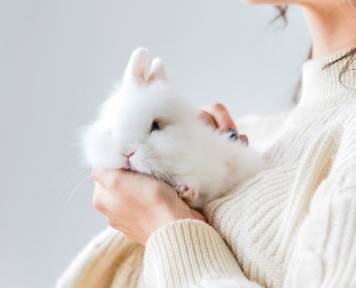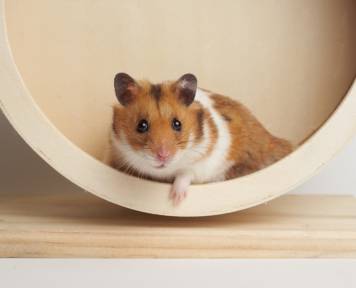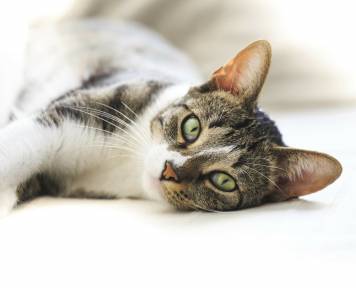Benefits of having a pet
They keep us company, help us to reduce stress... Pets are much more than an animal companion, they are part of our family. We tell you the benefits of having them at home.
pets
Share

People talk a lot about the benefits of pets, but now we can say that it is scientifically proven. In fact, different studies support the fact that, during lockdown, people who have been living with animals have been happier than those who have not.
The benefits that pets provide us are numerous, both for physical health and emotional and mental well-being. That’s why animals also deserve great respect and care throughout their lives. But also, when it comes to deciding to have a pet at home, we should take into account the potential disadvantages that this can bring with it.

Advantages and disadvantages of having a pet
Living with a pet is always a source of joy for those who make a conscious decision to; in other words, knowing that a pet can also involve certain responsibilities that you have to fulfil. Just like everything in life, it is better to know beforehand what we are getting ourselves into before making a decision.
Some of the advantages of living with a pet are:
- They enable us to always feel accompanied and loved. For example, pets are great companions for older people.
- It improves our physical health, especially in the case of dogs given that we have to take them out for walks each day.
- It improves socialisation, since we often make friends with other people who have a pet like ours.
- They reduce stress, they make us feel like better people and help us to live in the present, trusting more in life and enjoying every moment.
- They increase our sense of responsibility, which is good for families with children.
- They are guaranteed to make us smile. Every day, pets are the protagonists of mischief, games, strategies to attract our attention...which, inevitably, makes us have fun.




Some of the disadvantages might me:
- Economic cost. A pet involves a cost in terms of their food, hygiene, health and well-being, which will increase as they get older or have an illness.
- The responsibility of day-to-day care. Every day they have to be fed, looked after, taken for walks or played with, depending on the pet, and their condition being attended to.
- It limits freedom of movement and time. If we live with a pet, we have to limit some activities, such as spending a lot of time outside of the home or travelling.
- Being prepared, during the animal’s lifetime, whatever happens, for them to always be with us and we will have to adapt our lives to their needs, that will change as the animal gets older.
- Potential destruction in the home. Some pets, like dogs when they are puppies, can break furniture or some of our belongings or, for example, cats can scratch the sofa.
- More regular cleaning at home. Any animal with fur, such as dogs or cats are going to leave fur in our house and we are going to have to clean more often.
- The time to say goodbye. The average lifespan of an animal is much shorter than a human being and we will have to go through the tough time of their death and accompany them with the same love with which we cared for them in life.






